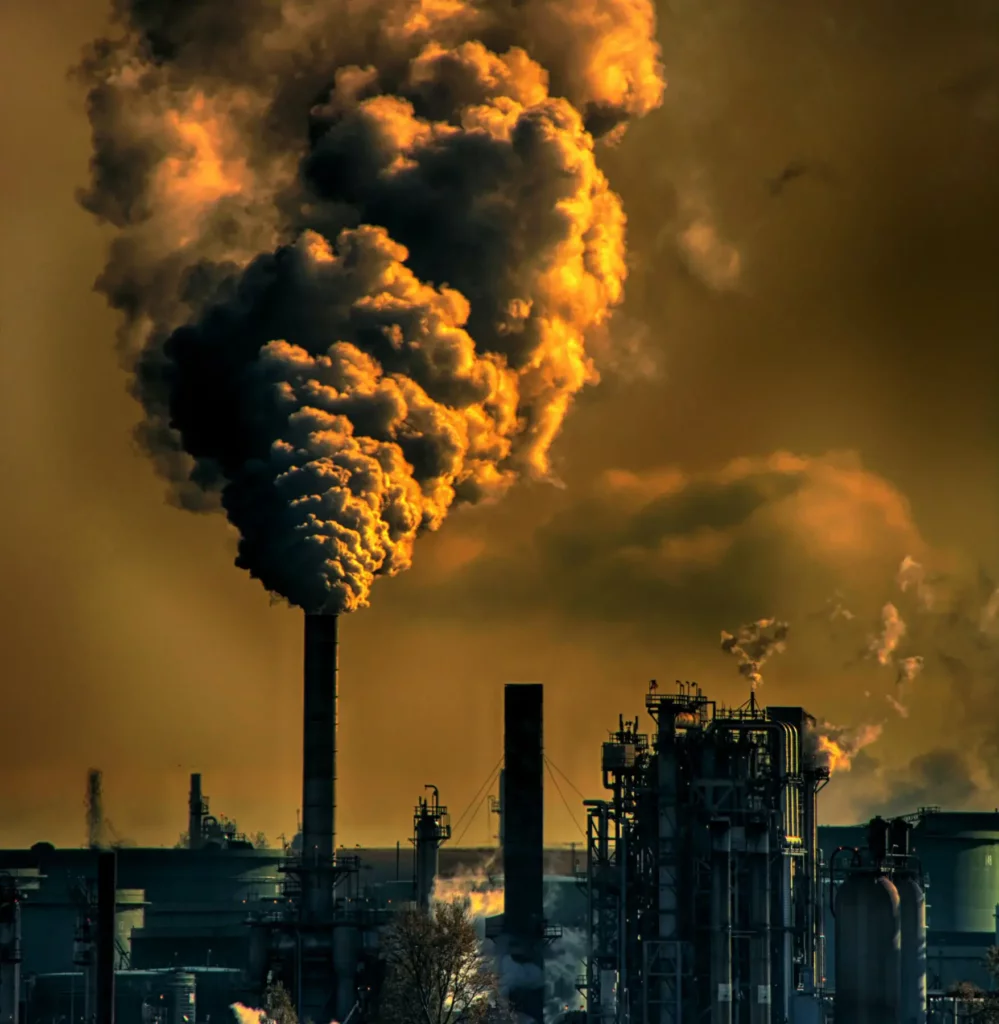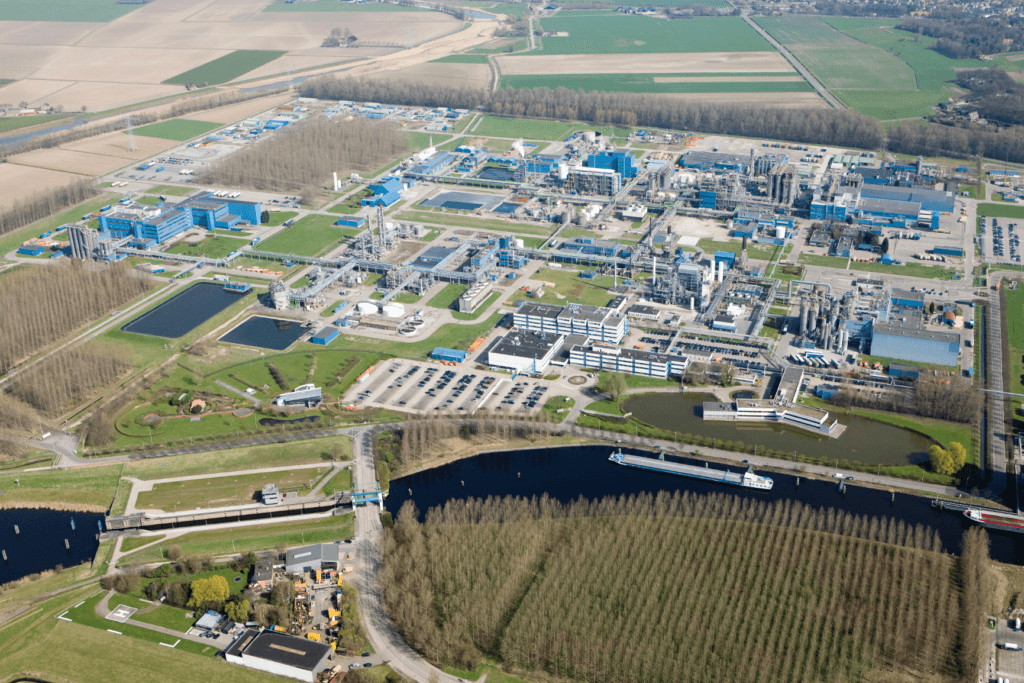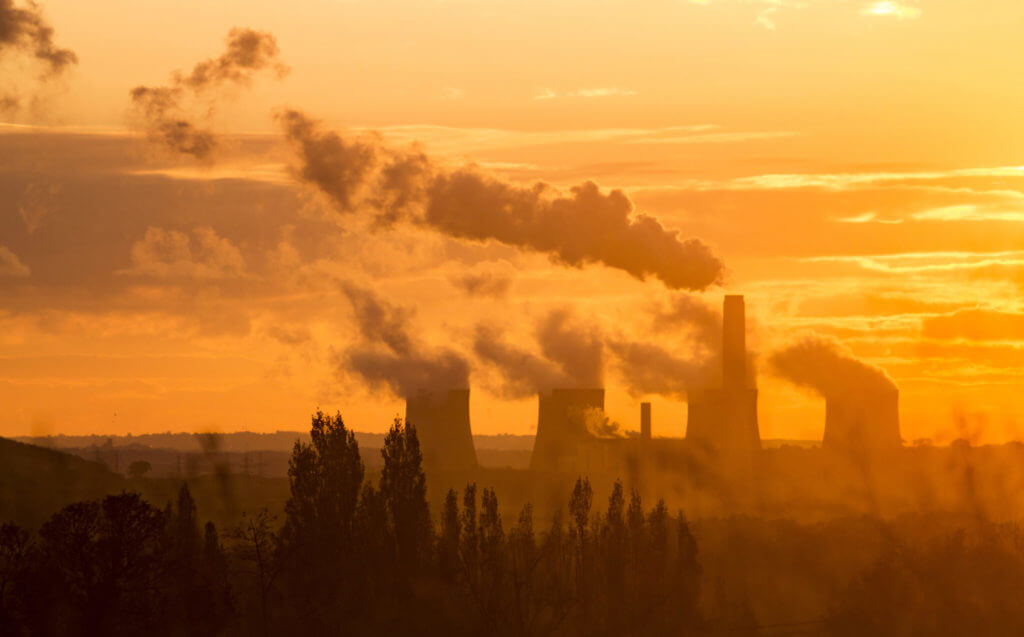-
Site visits
-
Interviews with Site Team
-
Measurements & Inspections: Data Collection
- Determining Heat Content (sensible & latent) for every individual source
- Determine pollution risks
- Identify potential consumers with a preference for closed-loop solutions
At JOA we often focus on 3 different solutions directions:
-
Air to Air
-
Air to Steam
-
Air to Water
Based on a site-specific selection matrix, decisions can be proposed and taken. Selection criteria may include Return on Investment, implementation time, effectiveness and additional benefits or downsides. The end user can decide one or multiple solutions (when streams are being split).
Examples of Energy reduction projects:
A good example where we achieved a tremendous amount of energy is a project for an ammonium sulphate fertilizer plant. By utilizing the JOA inline venturi scrubber effluent as process make-up water, the wet-scrubbing system can deliver both environmental as economic benefits. Another benefit is direct energy recovery, using the exhaust air from driers and flash towers to recover the energy for direct steam or hot water generation. As a result, the energy recovery efficiency ranged from 70% to 85%.
Another project included a plant that was in transition to become more energy efficient and future proof. JOA implemented a Heat Exchanger solutions which created high returns and gave the site the ability to work with polluted exhaust streams. The result was that about 1.300 kg/h steam (1 MW) was generated from residual heat, adding up towards the goals of the site to reduce it’s CO2 footprint.
Combining smart filtration techniques with advanced energy recovery
It is essential to comply with emission limits on dust, vapor, and odor. JOA’s wide range of filters guarantees compliance with an eye to economics. By integrating the extraction system with advanced energy recovery, an optimal solution is provided in a sustainable manner.
Direct energy recovery
Integrated energy recovery
Dust filters and extraction by process-related effective dust collection systems to guarantee a healthy work environment and compliant levels of exhaust emissions.
Curious how we use data-analytics in laboratory testing with dust GCM Modeling? Check out our whitepaper by clicking below.


